We can use infrastructure that already exists to protect our ecosystems
And the new government should connect the dots to make it happen
Quick election catch-up: Make sure you check out my big election-adjacent takes:
Nature is disgusting.
Something we’re all increasingly aware of, especially since the pandemic, is just how much biological material gets everywhere.
A simple unguarded sneeze can send phlegm from your nose flying into the mouths, noses and ears of anyone within an eight meter radius. And try not to think about it too hard, but when you’re standing in a crowd and the unmistakable whiff of someone else’s fart emerges, that’s literally gas molecules evacuating their rectum and floating directly into your nostrils.
The fact I’ve been thinking about this illustrates how since 2020, I’ve developed a new, unhealthy neurosis. Thanks to the incredibly effective government messaging, to this day I still obsessively wash my hands for the full 40 seconds of “happy birthday” every single time. And when I have to make use of a train toilet, like Alan Partridge, I’ll carefully plot my movements to minimise contact with the surfaces, taps and locks1.
However, I know that deep down, this is wildly irrational behaviour.
As much as the modern built environment may have the aesthetic of a sanitised, straight-lined, clean-room environment, the mere existence of organic material means that at a microscopic level every living thing is constantly shedding cells and other biological gunk, and that as a result, every surface we touch is crawling with microorganisms and bacteria.
And though this reality is objectively gross, I recently discovered an amazing way in which our disgusting world can also be incredibly useful. It turns out that we can use all of this errant DNA that’s clinging to every surface and floating in the air to better understand our country’s biodiversity2.
And here’s the best part: We don’t even have to construct a new network of sensors or monitoring stations. In fact, most of the infrastructure to do it already exists – the challenge is more political and logistical. It just needs the government to make the right organisations talk to each other and work together. And it all means that with relatively little effort we can capture a constant, detailed, evolving snapshot of the state of nature across the entire country.
Why not feed my other neurosis, which is obsessing over how many subscribers I have, by signing up (for free) to get more takes on politics, policy, tech and media direct to your inbox?
A crash course in eDNA
During the pandemic, one of the ways that scientists were able to monitor the progress of the virus was by inspecting sewage3. In amongst the detritus, the water we were flushing away contained fragments of Covid RNA – and we could use it to estimate the density of Covid cases in any given area.
This technique is called “environmental RNA” – or eRNA – and is still a relatively new field of study. But fundamentally, the idea is simple: If we can take an environmental sample and analyse it for the RNA, we can build up a picture of what viruses, bacteria and so on, are present.
We can do the same for DNA too – by looking for “environmental DNA” (eDNA). And over the last 20 years, this has gone from something only experimental, to relatively routine when dealing with nature.
For example, eDNA monitoring can be used to spot organisms hiding in water or soil. It’s used in Britain to keep an eye on the number of Great Crested Newts, and a company called NatureMetrics uses eDNA analysis to monitor the fish stocks in the Thames in London.
Crucially though, eDNA does not just work in water. There is another emerging source of sample data: The air around us.
Airborne eDNA works similarly: You collect particle matter from the air using an air filter – and then you can dig though and use DNA fragments to figure out what animals have been lurking around nearby, and roughly how common they are in the area.
However, airborne eDNA is a much less mature field. There are still relatively few scientists currently working on it – though one of them is molecular ecologist Dr Joanne Littlefair, whose work inspired this piece, and who kindly spoke to me about it4.
And despite it being relatively early days, Dr Littlefair and her colleagues around the world are making significant progress, and have successfully demonstrated what airborne eDNA could allow us to do.
For example, in one experiment, scientists in Belize discovered that by analysing the DNA fragments captured by an air filter, they were able to detect the presence of the white-winged vampire bat in regions it had never been observed in before.
Now, that’s pretty cool from a pure “scientists doing clever science” perspective. Who wouldn’t want to know if they were close to one of these ungodly hell-beasts?
But where airborne eDNA gets really interesting is if we imagine this technology applied at scale. Across, say, the entire country (or even the entire world)– because the way we currently monitor biodiversity is very low-tech.
Though there are some professional organisations that keep track of nature – think NGOs and the like, essentially, most the job of keeping track of wildlife has been largely outsourced to volunteer groups of nature enthusiasts going out and recording what they see as a hobby.
That’s why organisations like the RSPB have initiatives like the “Big Garden Birdwatch”, which encourages participants to go into their gardens and log the birds they see using an app. Though in any case, the professionals basically use the same method – field surveys – that often involve going out with a quadrat, just like you did in school5.
And sure, the idea of volunteers getting together to spot animals might have a certain romance about it, but you don’t have to think too hard to figure out why this might not be the most, er, rigorous, way to do it.
For example, aside from requiring the goodwill of hundreds of thousands of people, these sorts of surveys are necessarily flawed – because though we have lots of people going out to count birds and other “charismatic” creatures, no enthusiasts are going out and counting slugs, which can be just as important to maintaining a healthy ecosystem.
Despite these limitations however, there has never been a better way to do it. So it is these techniques which produce the underlying data that actual scientific research and government policy decisions are based on.
But perhaps it doesn’t have to be this way anymore.
Imagine, for example, if we had a network of air filters capturing samples for eDNA analysis across the country. Instead of relying on the limited observations of humans, scientists would have a much more detailed snapshot of the natural environment to study.
And over time, with fixed, directly comparable data collected systematically, we’d also be able to build up an evolving picture of exactly what is going on in our environment – which would be useful for things like measuring the impact of climate change, and spotting changes in ecosystems.
That sounds like it would be pretty useful to me.
So now here’s the twist: We don’t really have to imagine such a network, because a network of air filters that could conceivably do this job already exists. The only problem is that we’re not making the most of the samples being collected.
The air filter network
This is the monitoring station at Auchencorth Moss, just south of Edinburgh. It’s not designed for eDNA – but for monitoring pollution like hydrocarbons, ozone and other similarly nasty particulates in the air.
It is one node in a sizeable network of air quality monitors that have been placed across the country – and joined together by the Department for Environment, Food and Rural Affairs (DEFRA)6. This is just one of the normal things that the department, along with the Environment Agency does – and has been doing for decades – to make sure the air is safe to breathe.
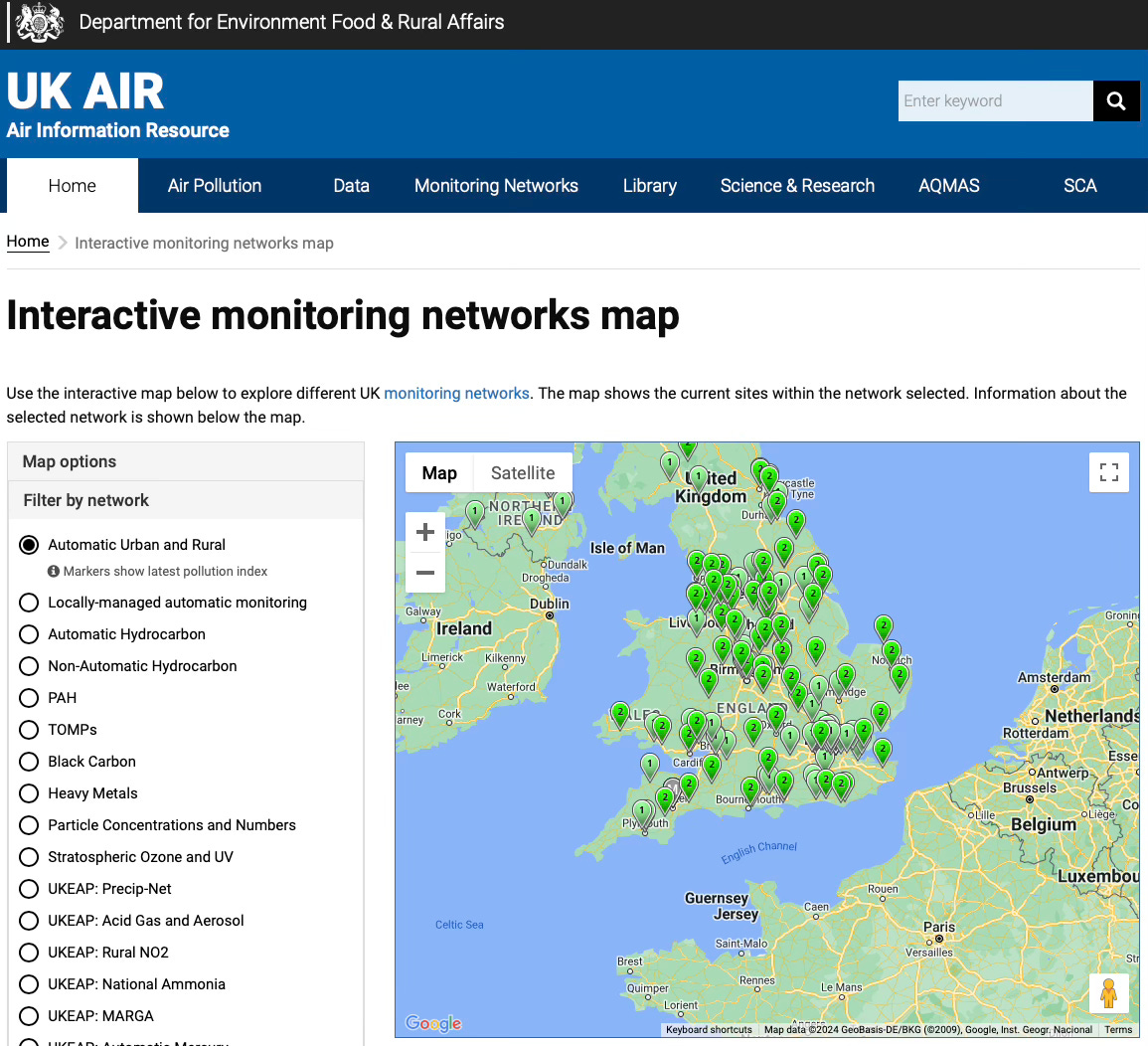
My understanding is that the hardware on each of these sites around the country is not always the same, but many work similarly in principle: They ingest air, and matter sticks to the filter sheet inside – which can then be analysed either automatically by machines, or manually by scientists.
Typically, I’m told, the drum will contain four filters, which are automatically rotated each week. And then a human will come along and change the filters.
You might be able to see where I’m going with this.
As things stand, once these filters have been collected, they are typically analysed for particulates and then thrown away. But what Dr Littlefair and her colleagues have discovered is that it’s possible to analyse the DNA fragments caught on the filters too.
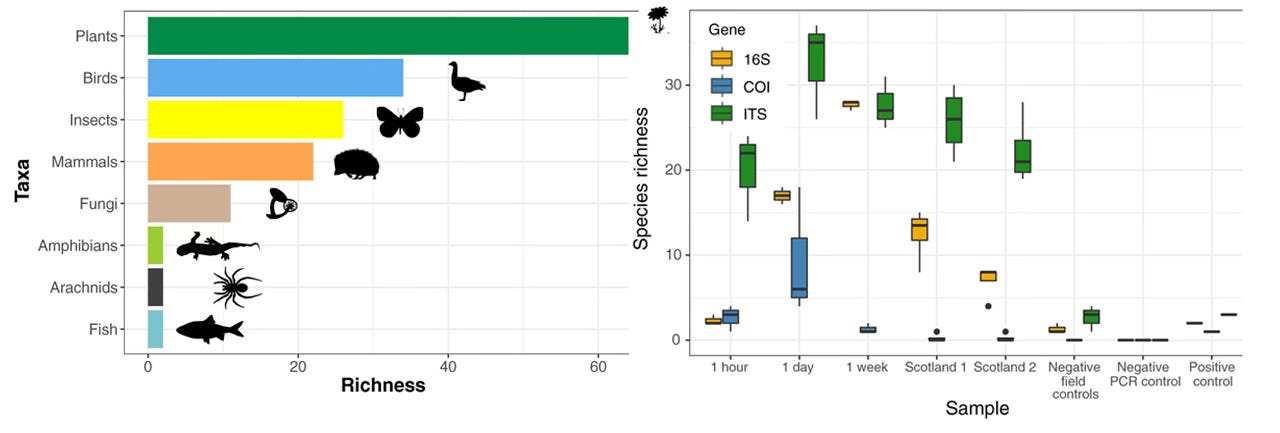
In fact, in one experiment in what a paper published last year calls a “South-West London deer park”, they were able to recover eDNA for 180 different species of animals, plants, fungi, insects, birds and fish.
Historical footage of a south-west London deer park.
So the obvious question to ask is: Why can’t we scale this up and make it a routine thing that once air filters have been analysed for pollution, instead of being thrown in the bin, they’re analysed for DNA?
At the moment, as far as I can tell, all the scientists have are what is being donated ad-hoc – Dr Littlefair just has a stash stored in her office at University College London.
But if it was properly systematised, it would create a powerful new source of data about our natural world. We could create an evolving database containing snapshots of our world to inform our science and our policy decisions now – and build a dataset for future generations of scientists to dig back into.
There’s even a more immediate pro-growth and pro-building reason to do this: Currently, when major building projects are proposed, there are requirements that a biodiversity assessment be carried out. If we could use data collected via eDNA instead of sending out people to manually inspect sites, that could conceivably speed up the approval process.
In fact, since 2014 Natural England has allowed the use of eDNA specifically for surveying Great Crested Newts – so it stands to reason we could extend it to terrestrial species too.
Oh, and if we routinely collected air filters, we could even use the samples to create a ‘biobank’, so that scientists of the future, with more advanced tools, can look back at what our natural environment was like – and access the DNA to bring extinct species (like the XL Bully and the urban Conservative MP) back to life.
Sounds like a plan, right?
To be clear, there are still some technical questions that scientists like Dr Littlefair need to answer, such as fully understanding just how far DNA travels – to work out the full extent of the area the typical air filter covers.
But in principle, my view is very much that the building blocks are there – and indeed, physical structures have already been built that could massively enhance our understanding of our natural world.
And even if I find it pretty gross – collecting this data seems like a good idea to me.
Phew! You made it to the end! If you enjoyed reading this, you may also enjoy reading about why, er, the Green Party is actually quite bad at being green. Or how there’s an amazing way to open up NHS data for scientific research, while protecting patient privacy at the same time.
And don’t forget to subscribe (for free) to get more politics, policy, tech and media takes directly in your inbox.
I’m not sure how robust this study is but since reading that supposedly every McDonalds ordering console tested had shit on it, I’ve also switched to tapping touch screens with knuckles.
Despite being a hardcore YIMBY who wants to pour cement over swathes of Britain’s green and pleasant land, I do actually care about protecting nature. Not even I think we should build all over, say, the Lake District or the Cotswolds. That’s why density is also as important as building on some of green belt land.
It was a shit job but someone had to do it.
Apologies to regular readers - instead of me just bloviating I’ve actually spoken to someone who knows what they’re talking about for this one.
There are some more sophisticated techniques, like looking at habitat changes, using cameras or microphones to record bird noises or whatever. But fundamentally these all entail “human sets up recording box in an ad-hoc arrangement for a bit”.
As far as I can tell DEFRA doesn’t own the sensors or the sites they are placed on, but it coordinates collecting their pollution data in one place.



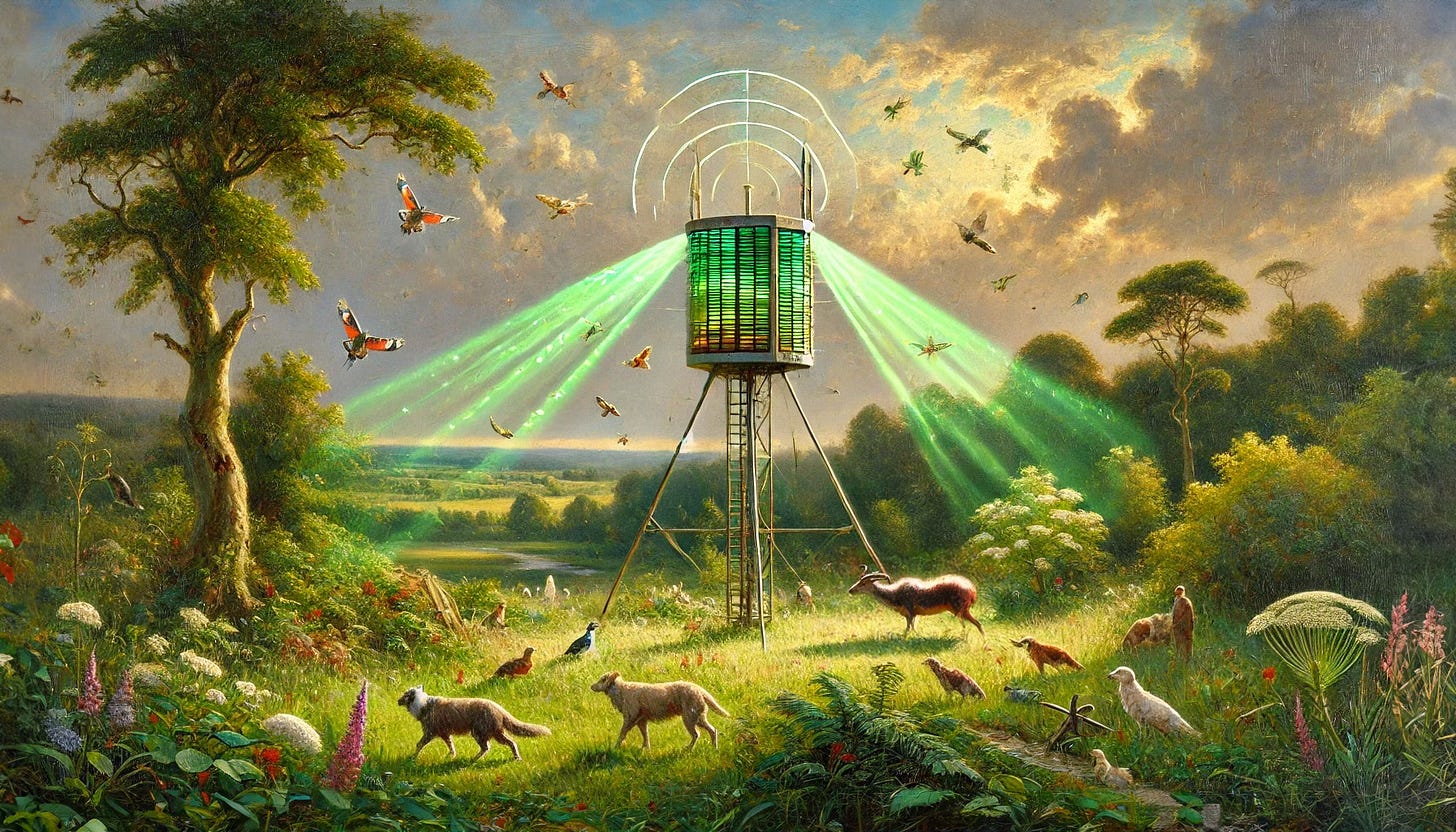
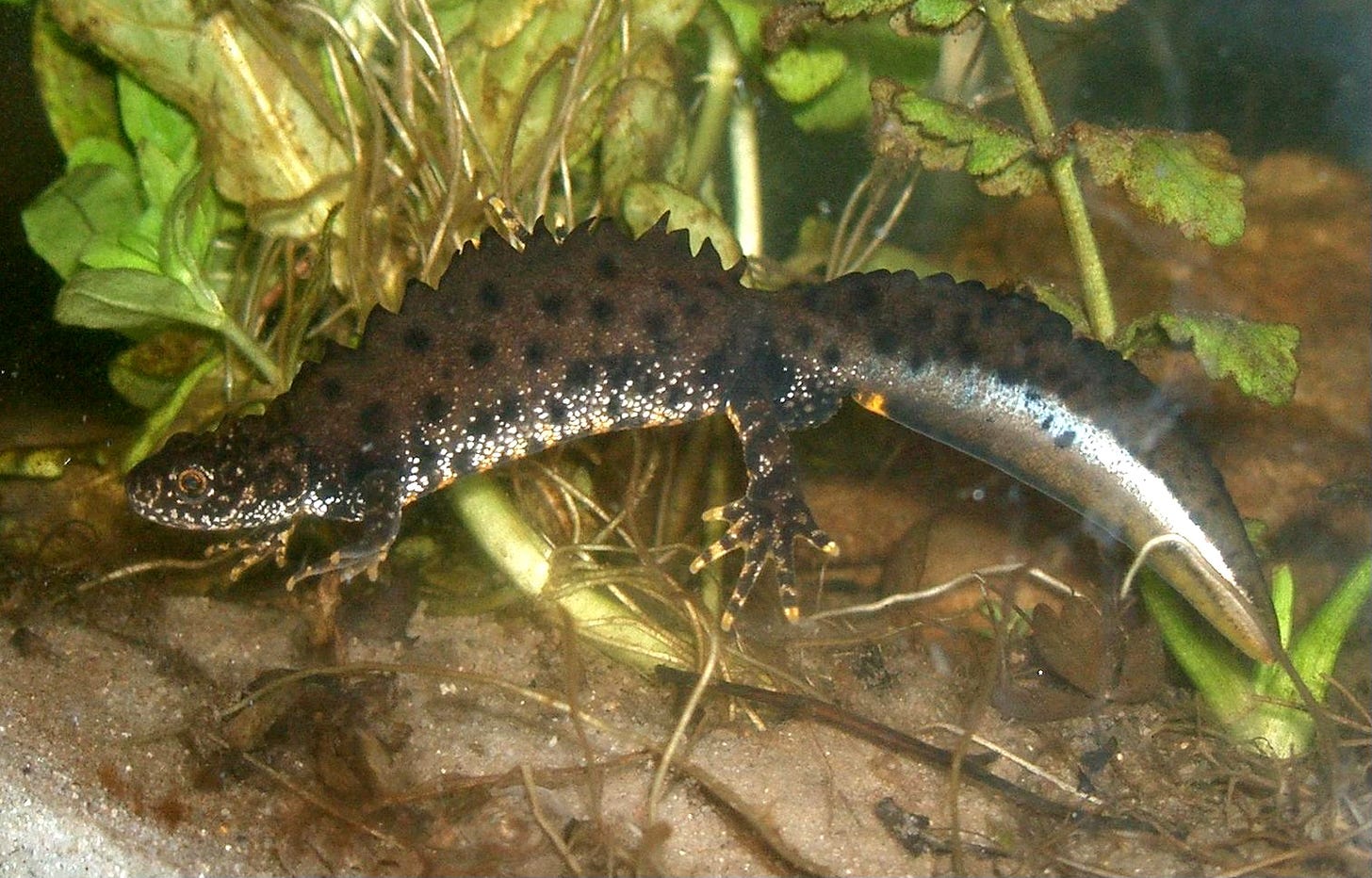
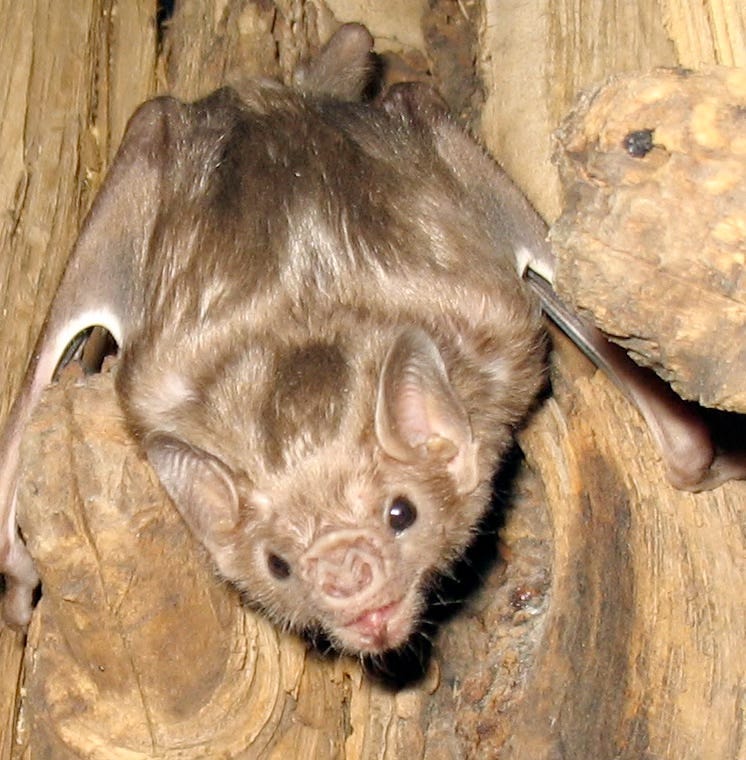
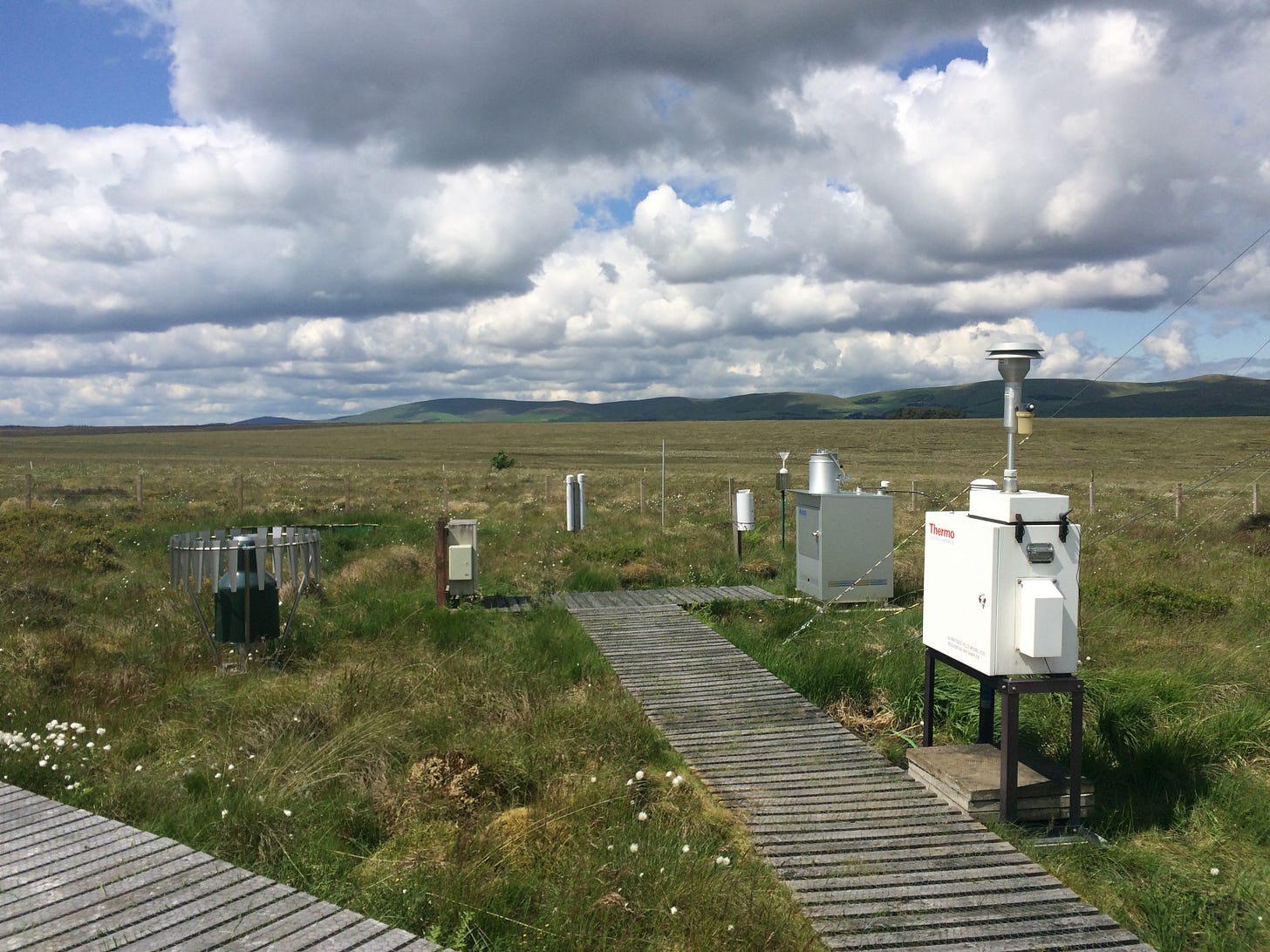
As someone who does a bit of work in air quality monitoring - good luck convincing them to put anything new into AURN sites, the paperwork is ridiculous!
Interesting!